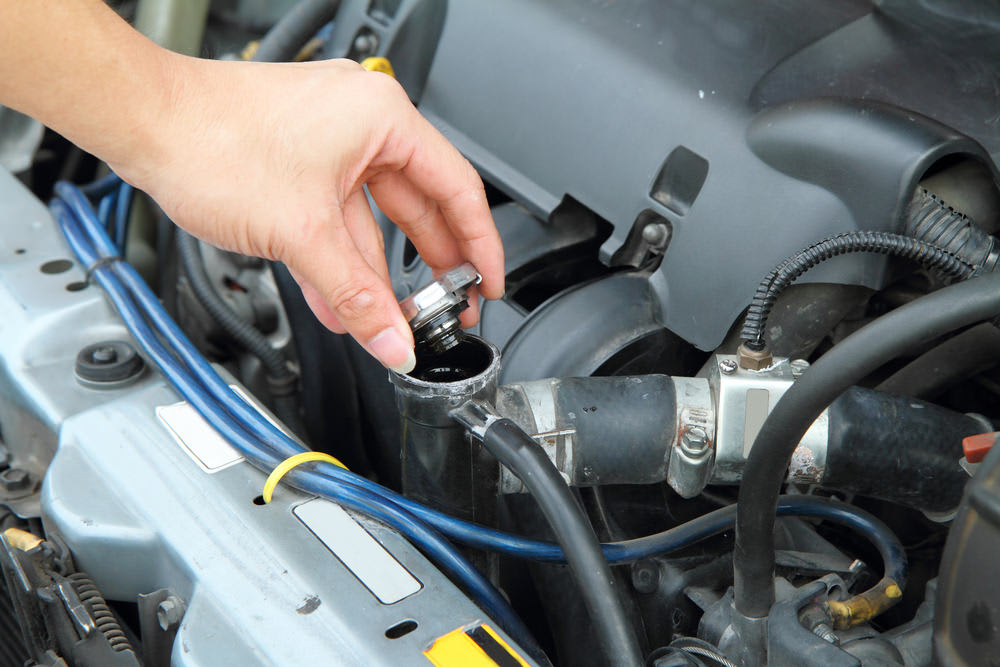

A radiator is part of the internal combustion cooling system in a vehicle. It is a form of heat exchanger, designed to transfer heat from the heated coolant mixture as it flows through the vehicle. Radiators operate by pushing hot water from the engine block through tubes and fans that allow the heat from the water coolant to dispel. Once the liquid is cooled down, it is returned to the engine block to absorb more heat.
The radiator is usually mounted in front of a vehicle, behind the grill, to take advantage of the air that flows as the vehicle is being driven. Those with a fan normally have either an electric fan; that is usually mounted on the radiator, or a mechanical fan that is mounted on the engine.
Cars that have an automatic transmission, however, have a cooler included in the radiator for hot transmission oil.
What is a radiator flush?
A radiator flush is done to prevent a vehicle from overheating and help maintain an efficient radiator system. This procedure is done by draining the original coolant from the radiator and replacing it with a new coolant or antifreeze mixed with water. The mixture or solution is then left to circulate through the vehicles’ cooling system so that it can dissolve and remove any solid build up inside the radiator channel. When circulation is complete, the coolant or antifreeze mixture is then drained and replaced with the standard mix of coolant and water.
How often is a radiator flush needed?
There is no set rule for how often a vehicle needs a radiator flush. Car manufacturers recommend that it be done at least every other year or every 40,000 to 60,000 miles. Occasionally flushing the radiator before that period is not a problem as it helps to clean and prevent build up of dirt and sediment. Fresh antifreeze also contributes to protecting a vehicle from extreme cold or hot temperatures. A certified mobile mechanic from YourMechanic can come to your home or office to flush your coolant or inspect why your car is overheating.



